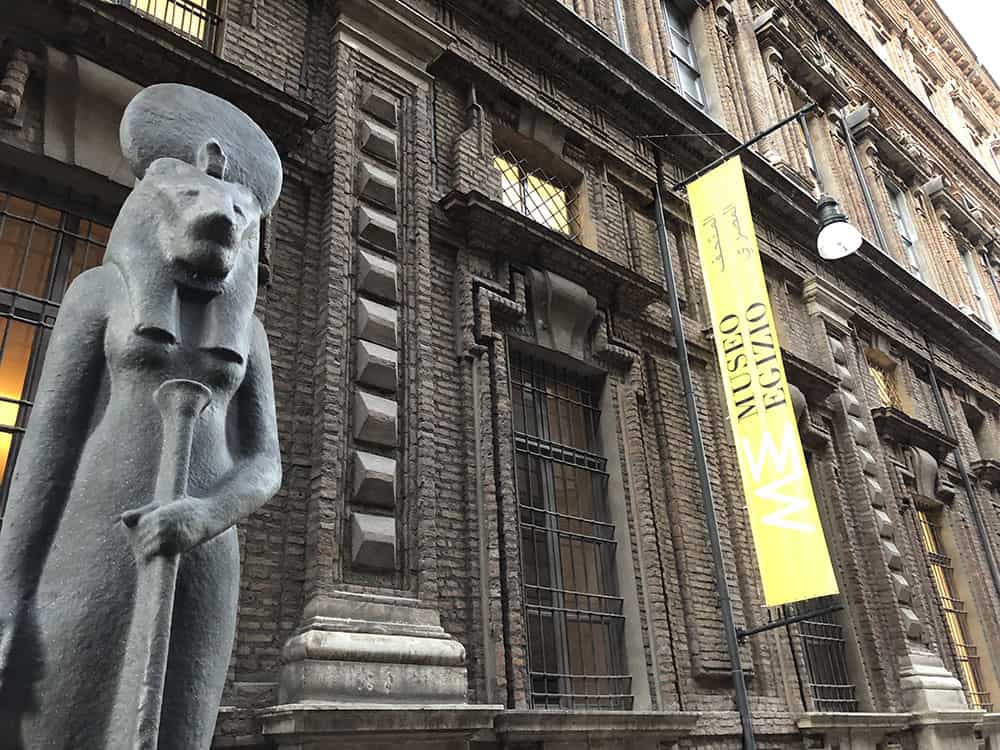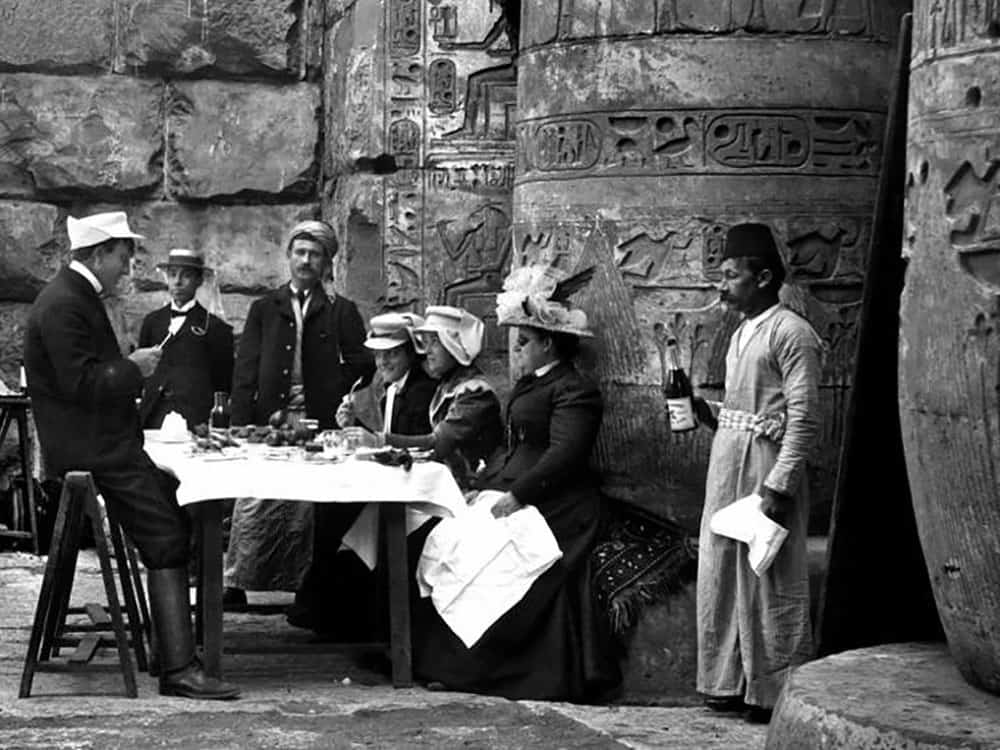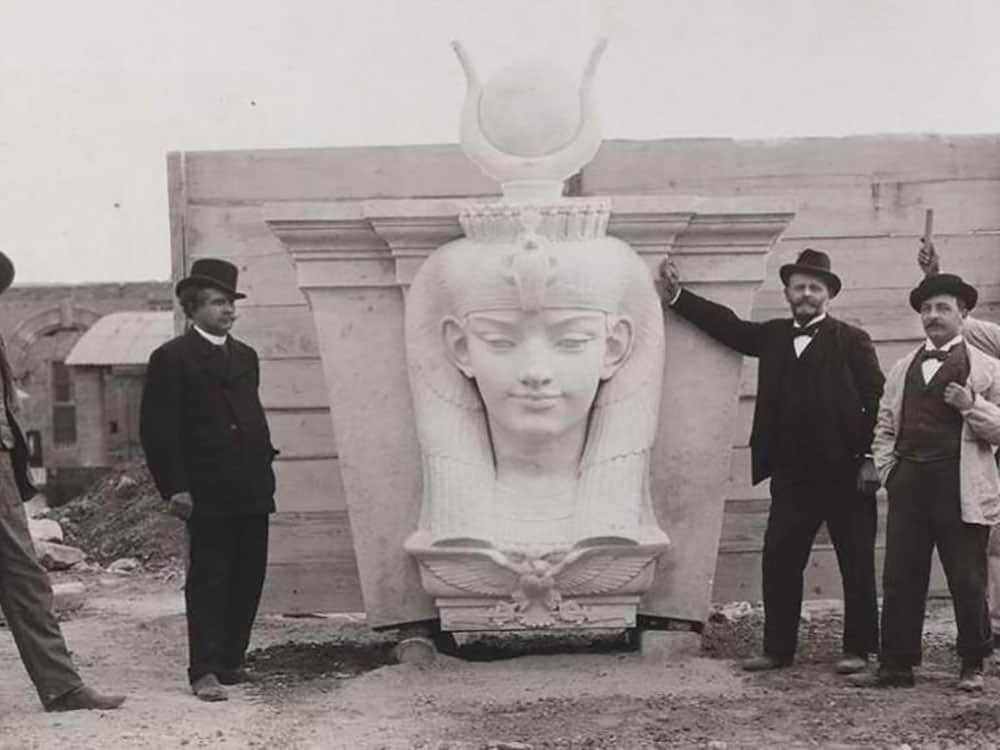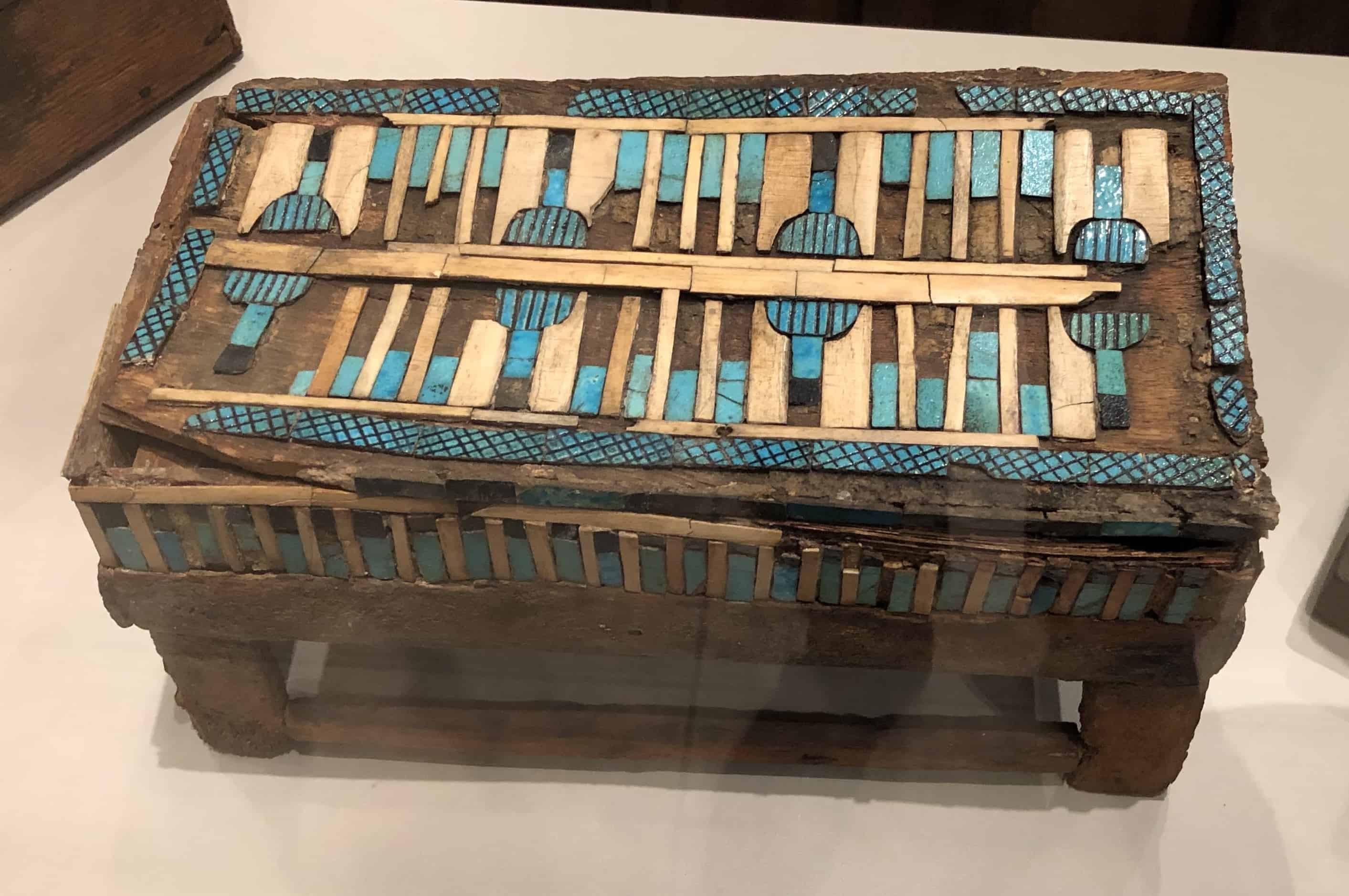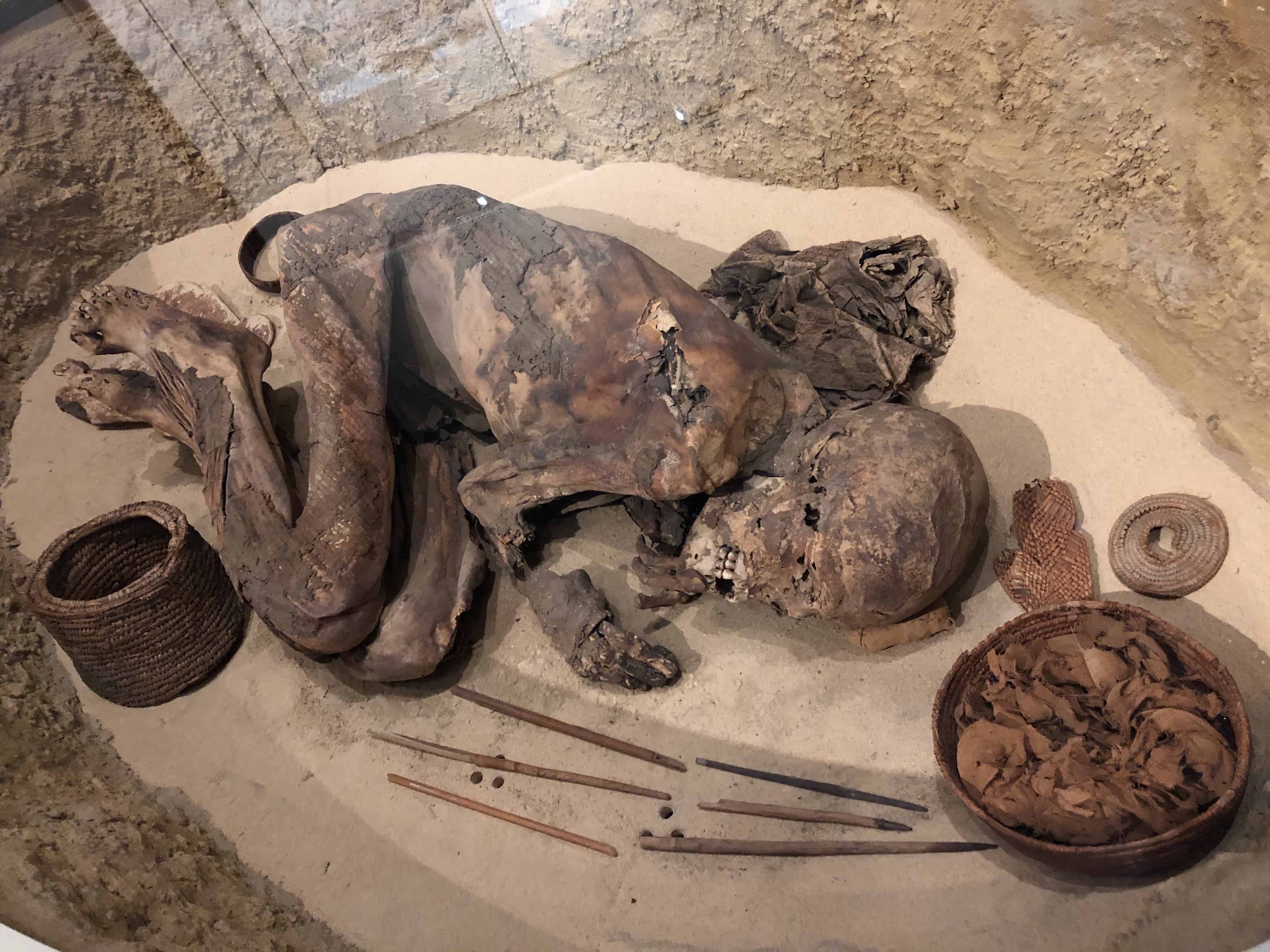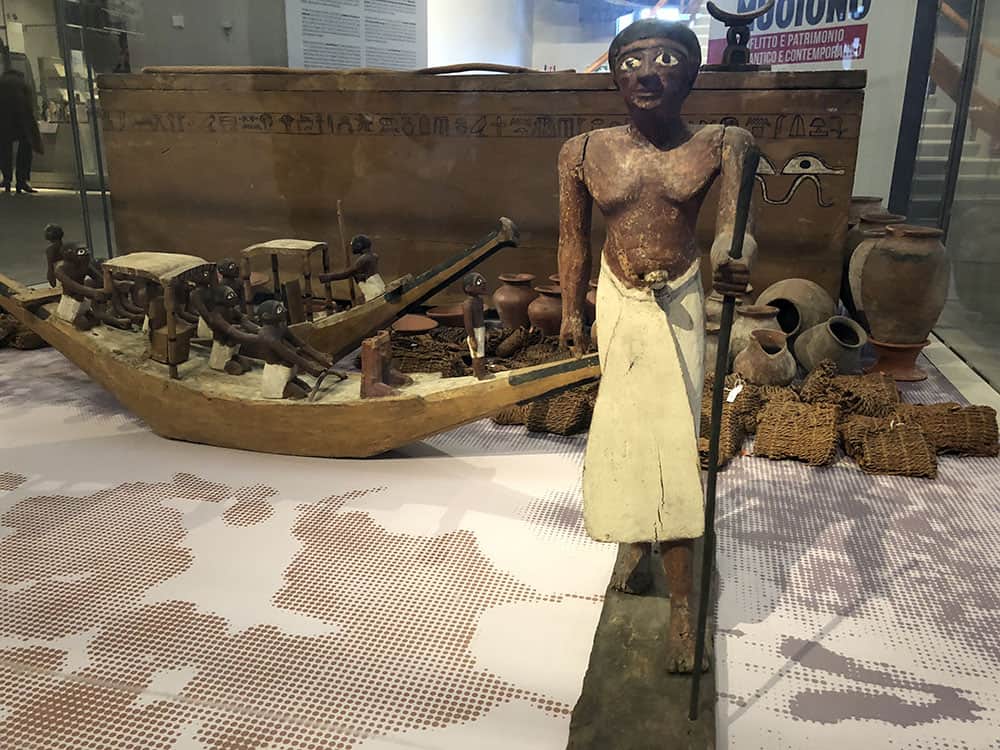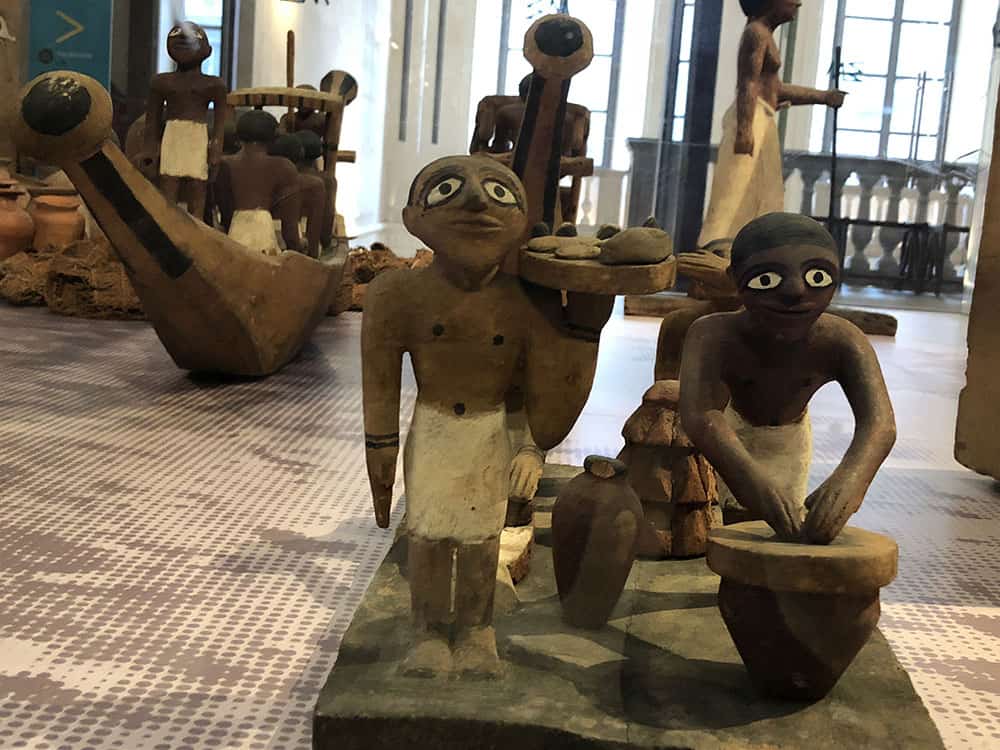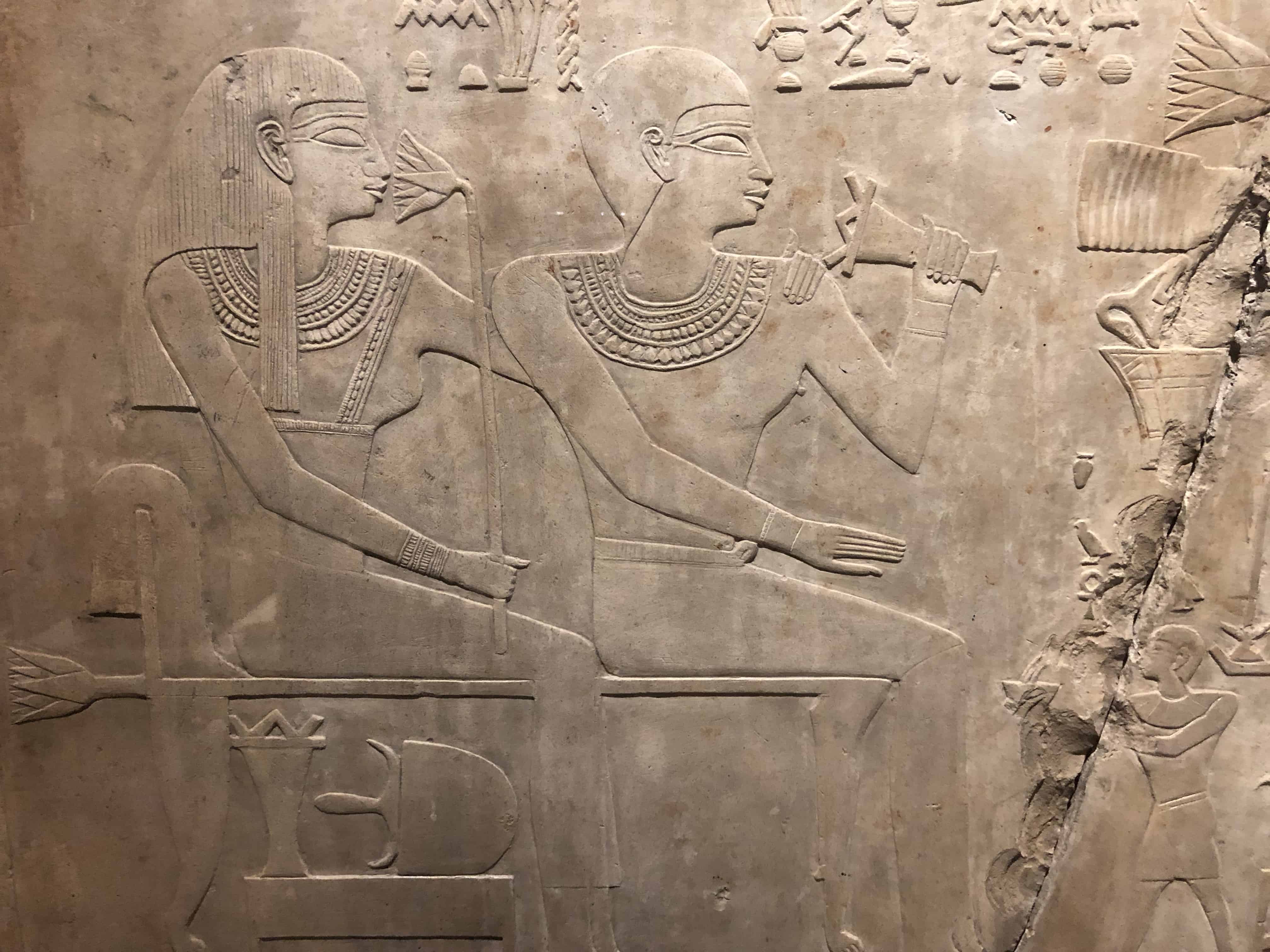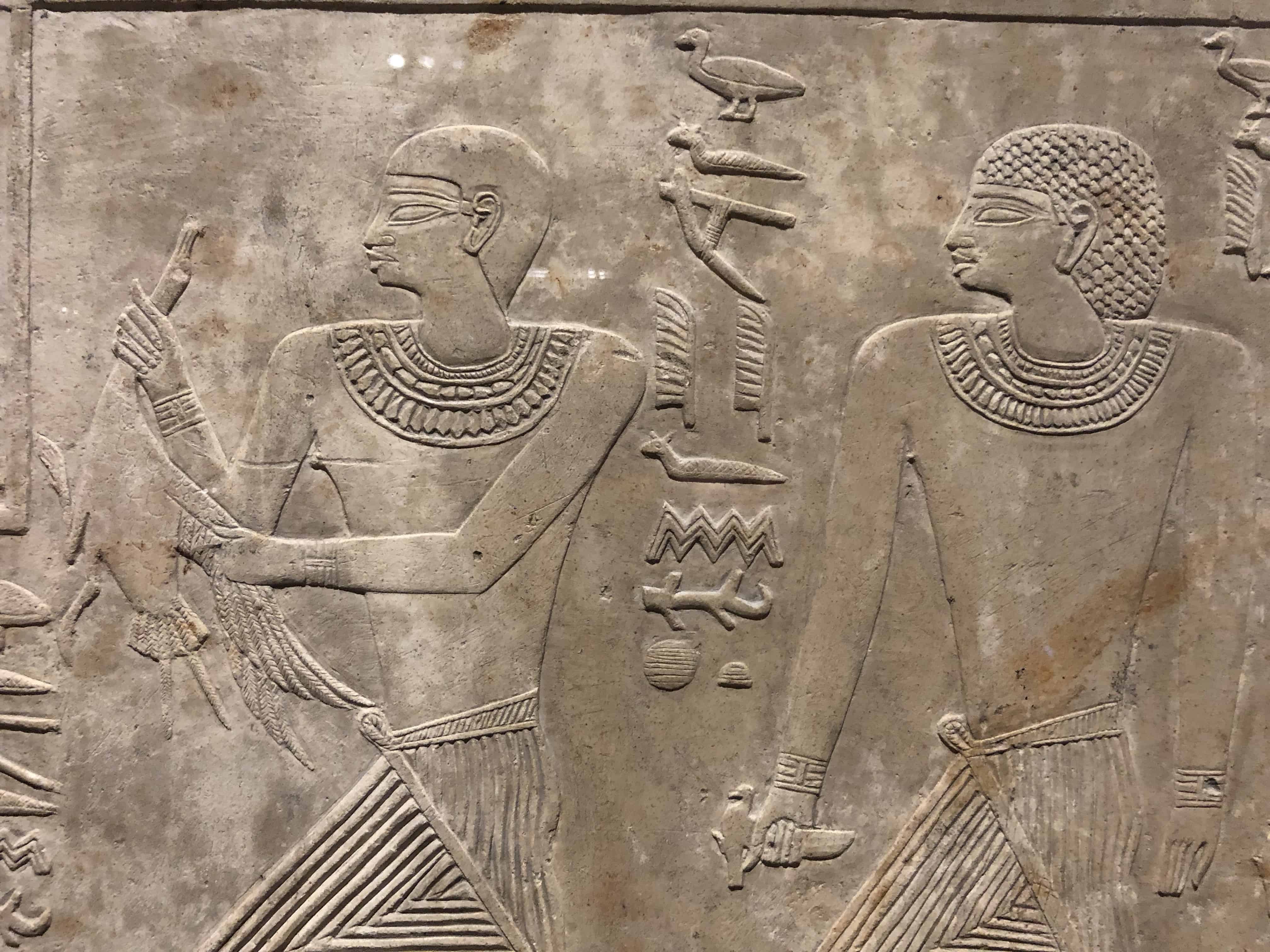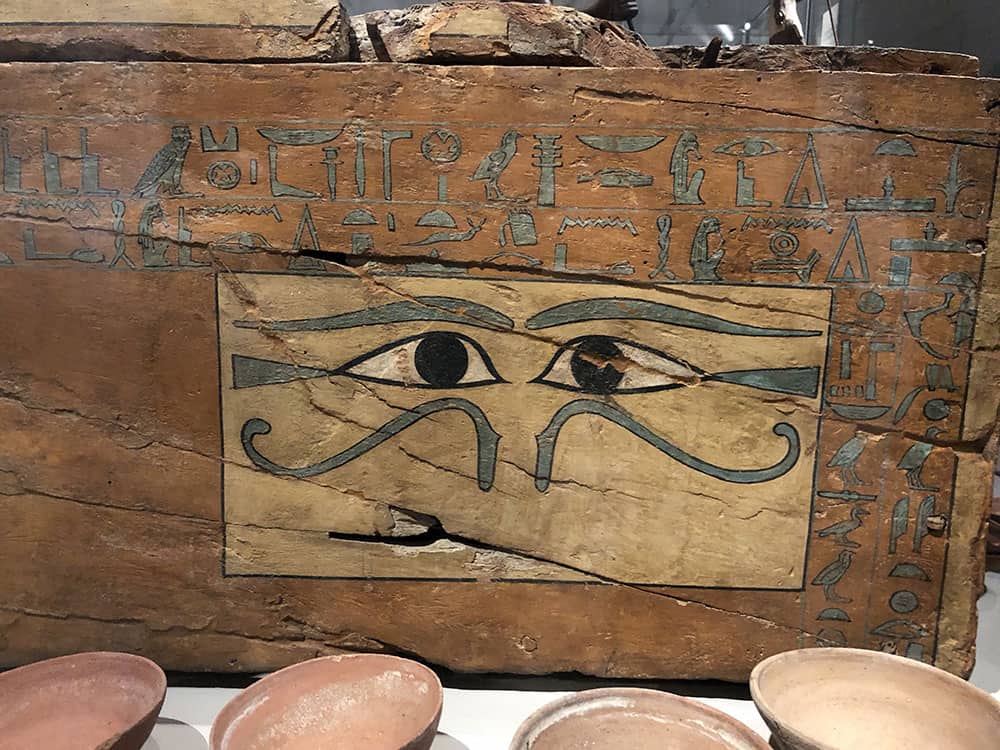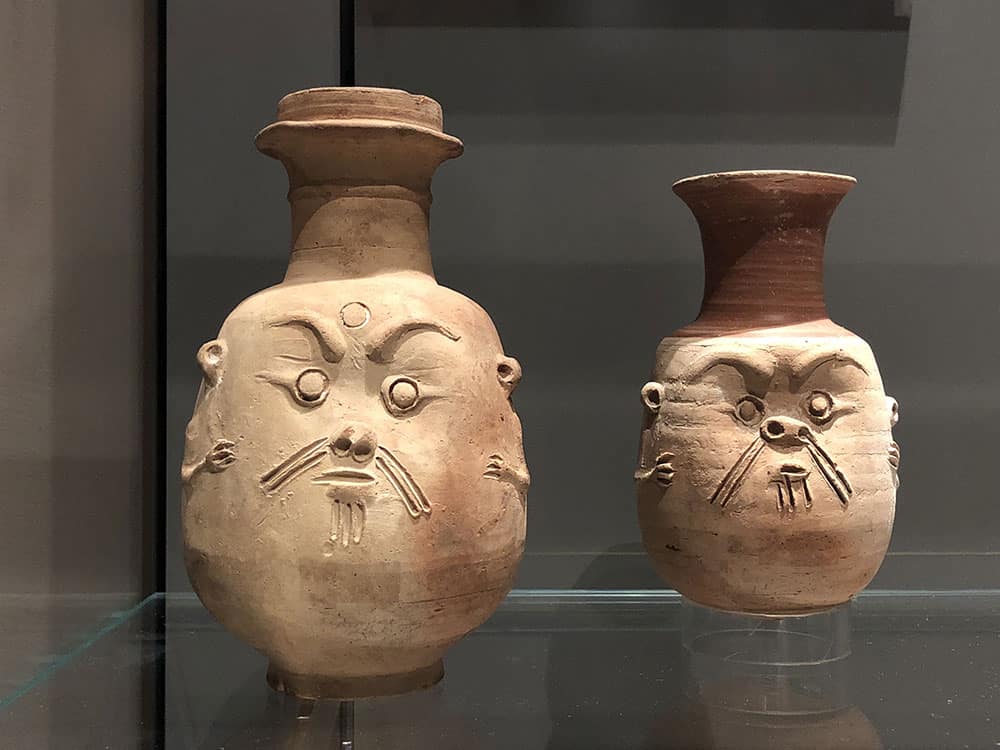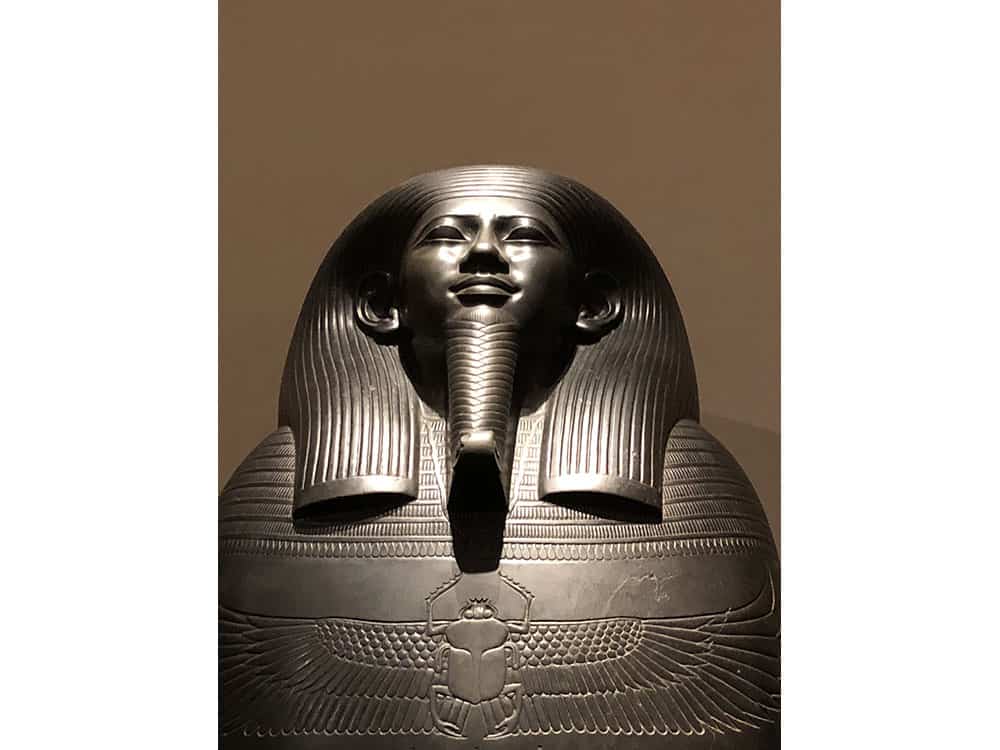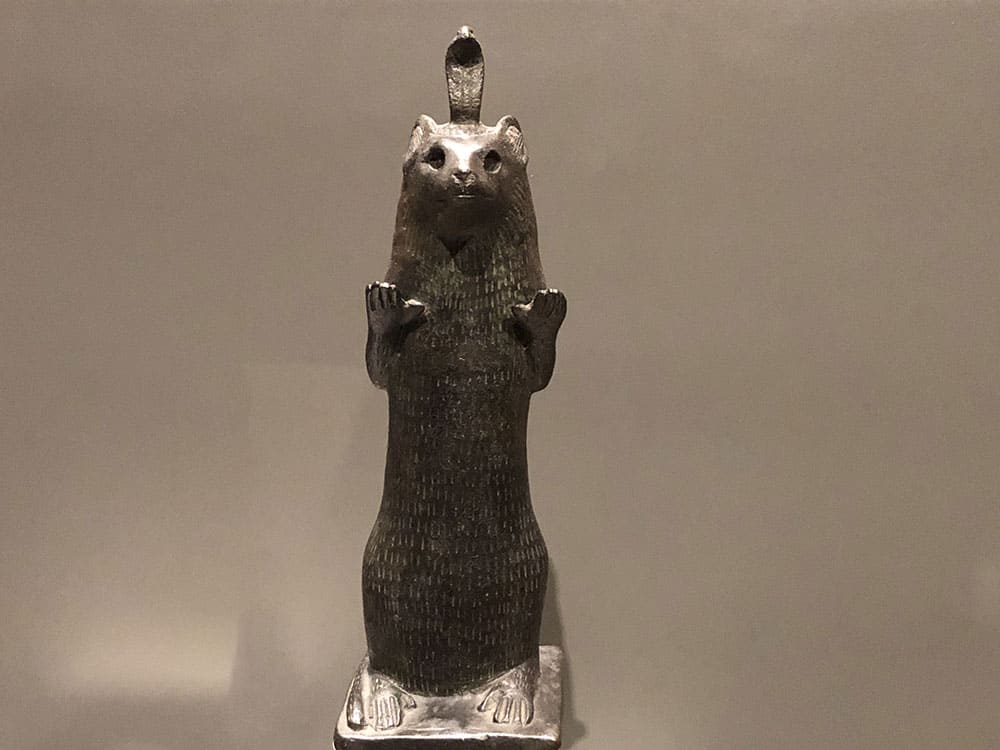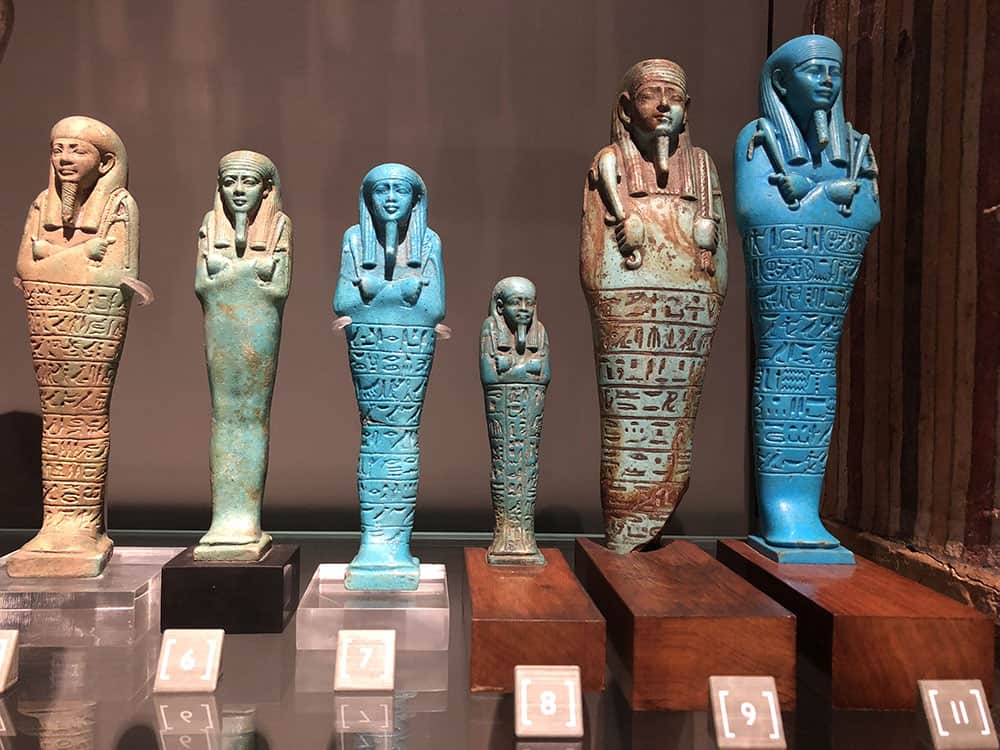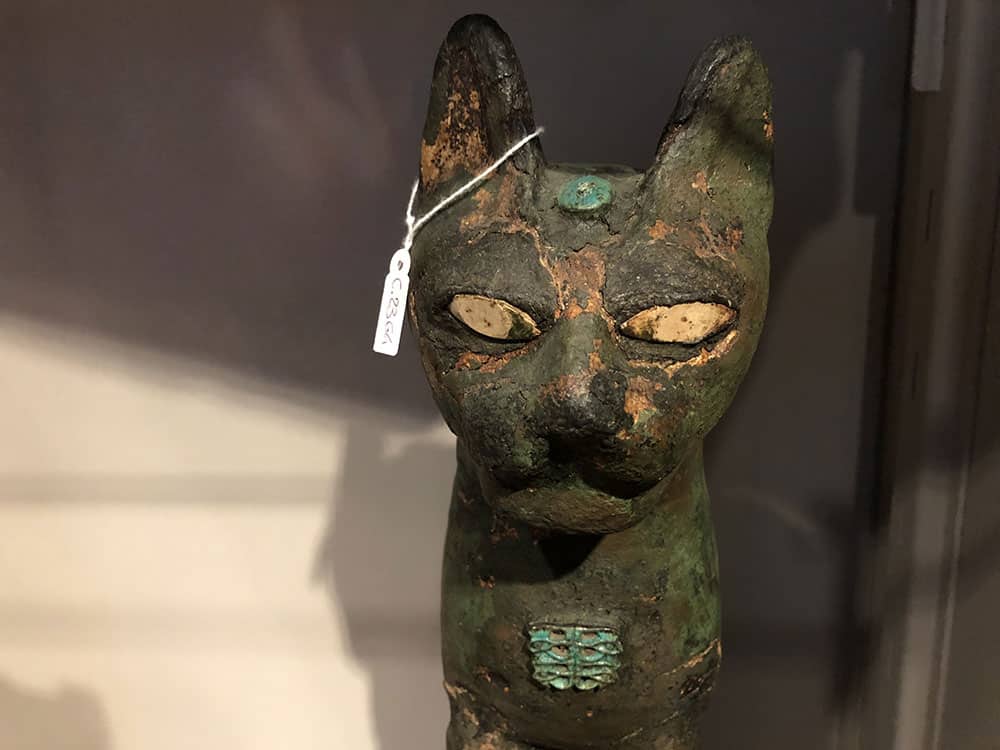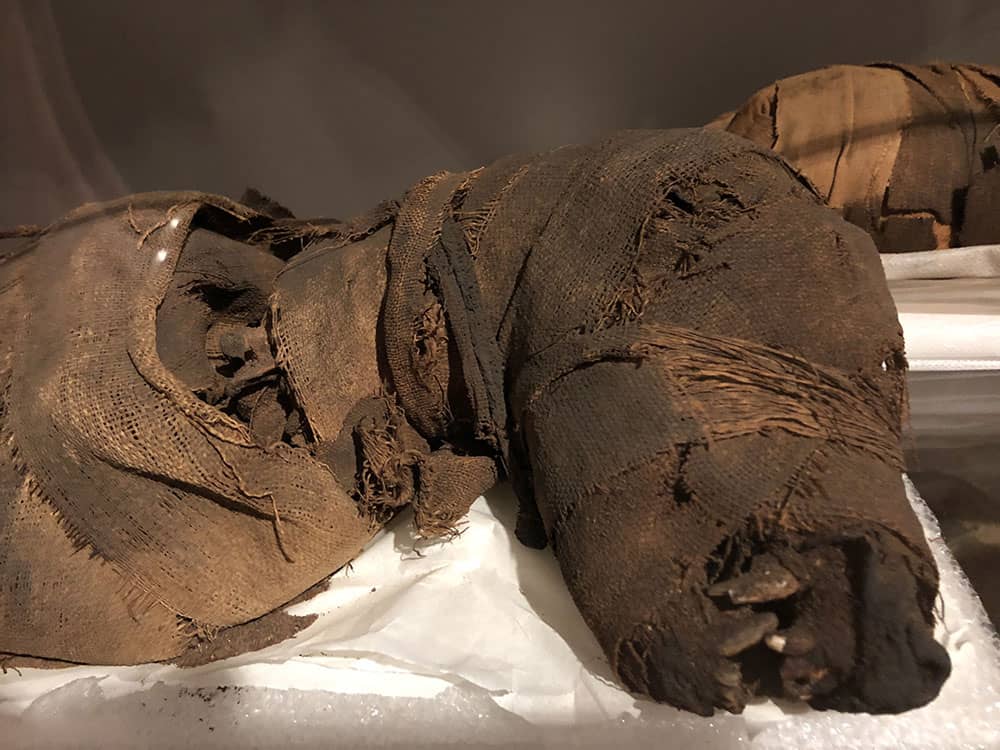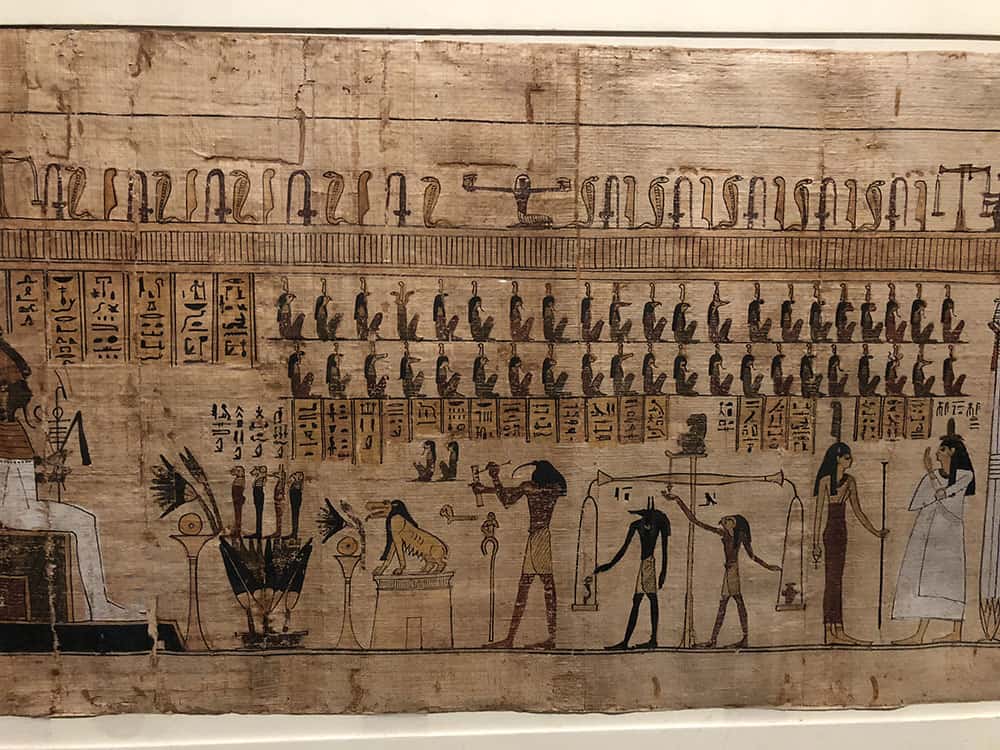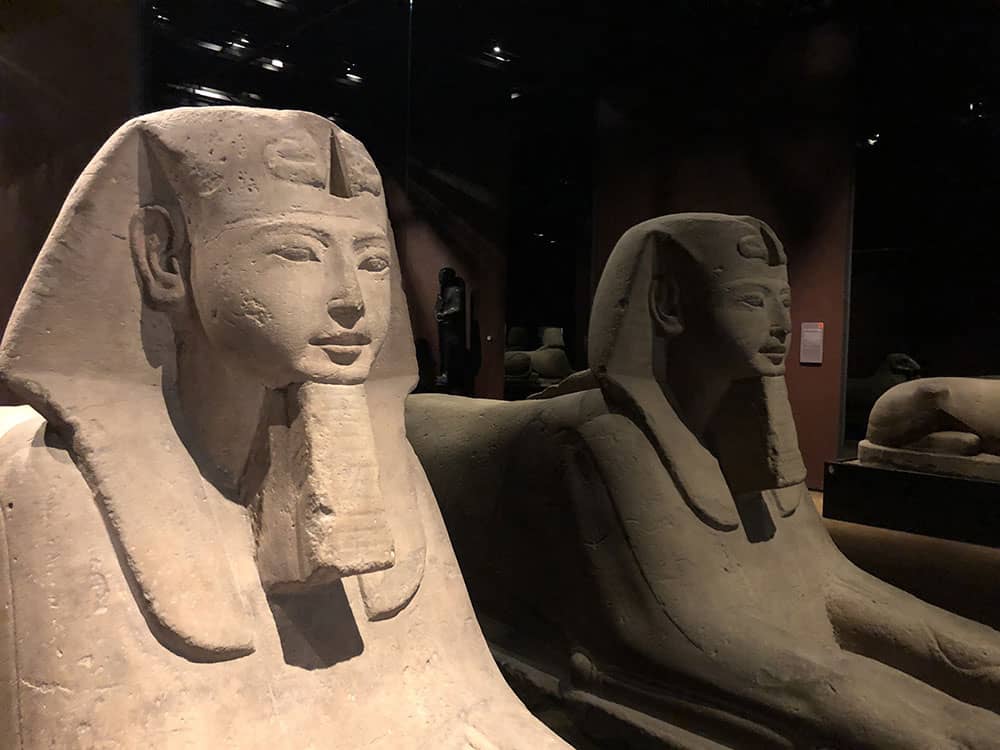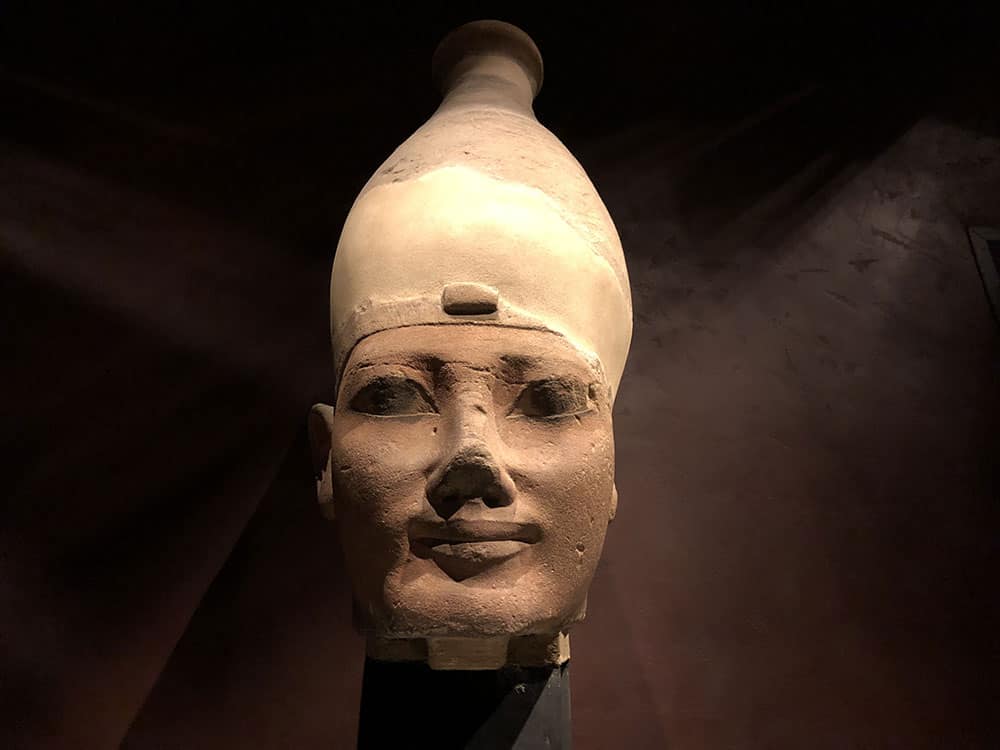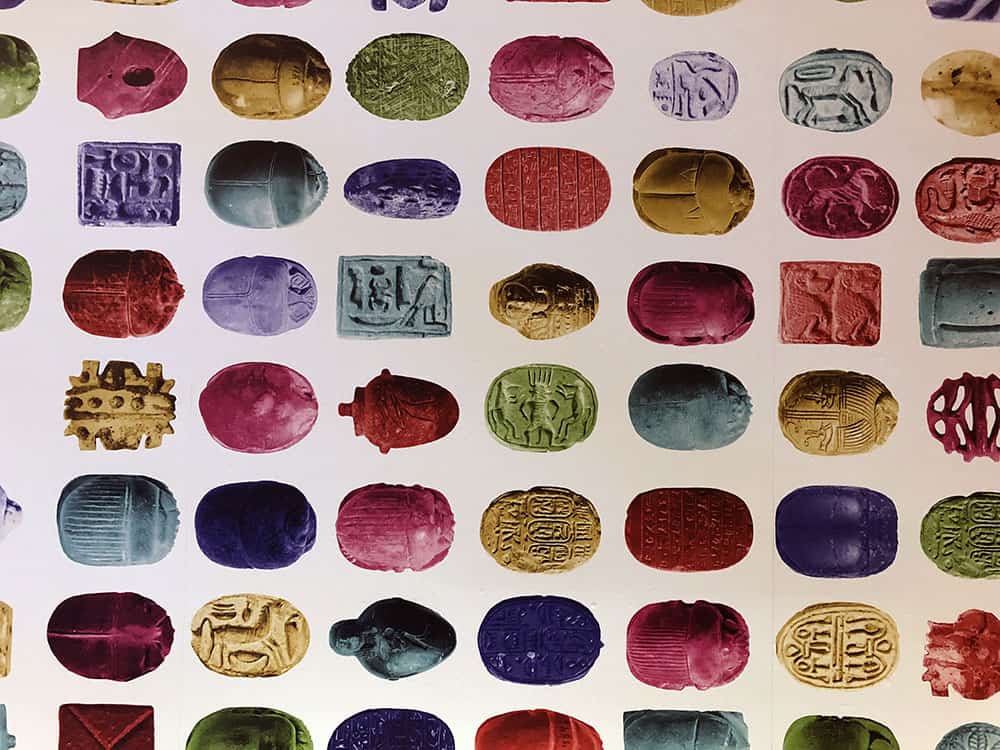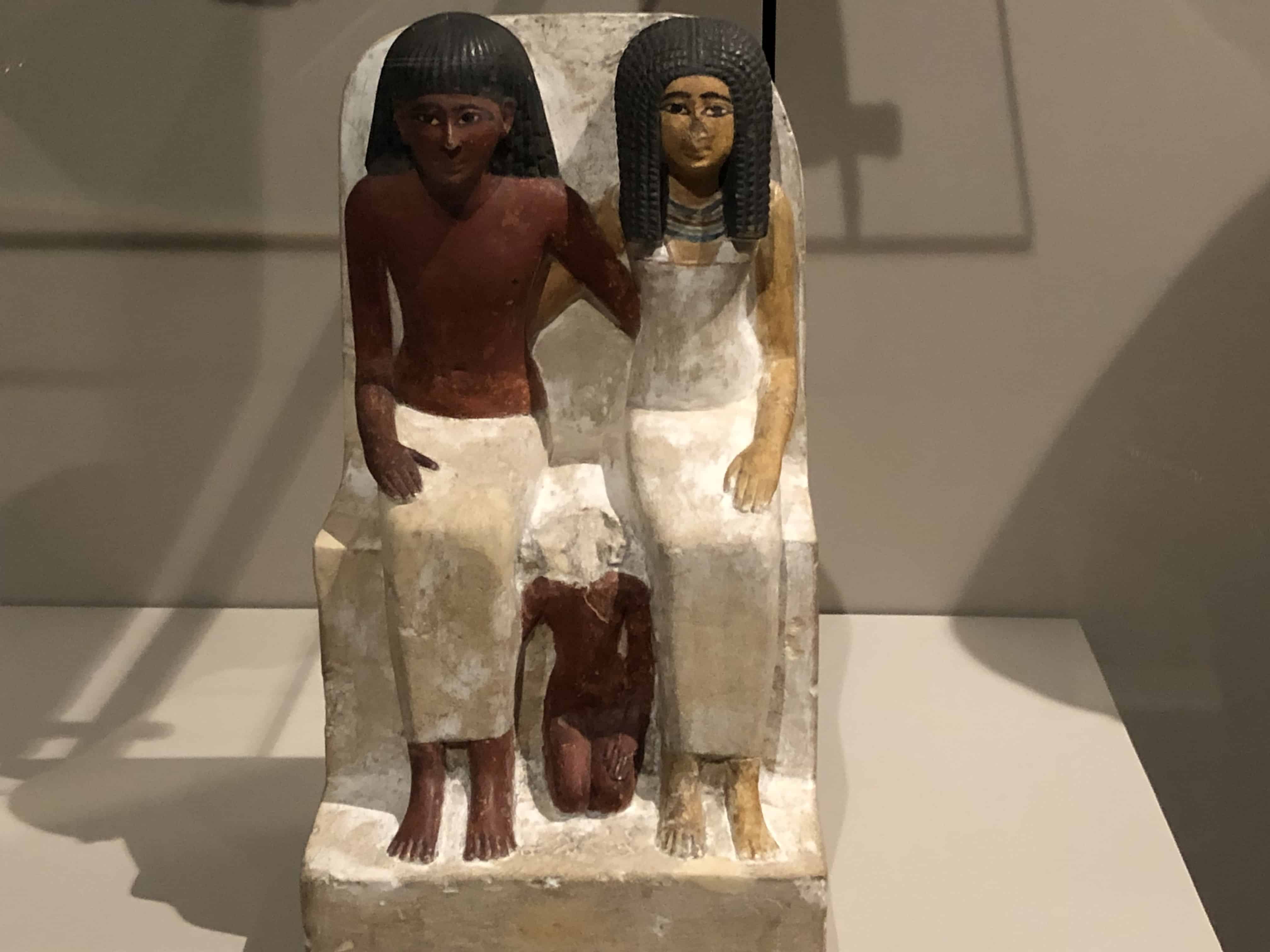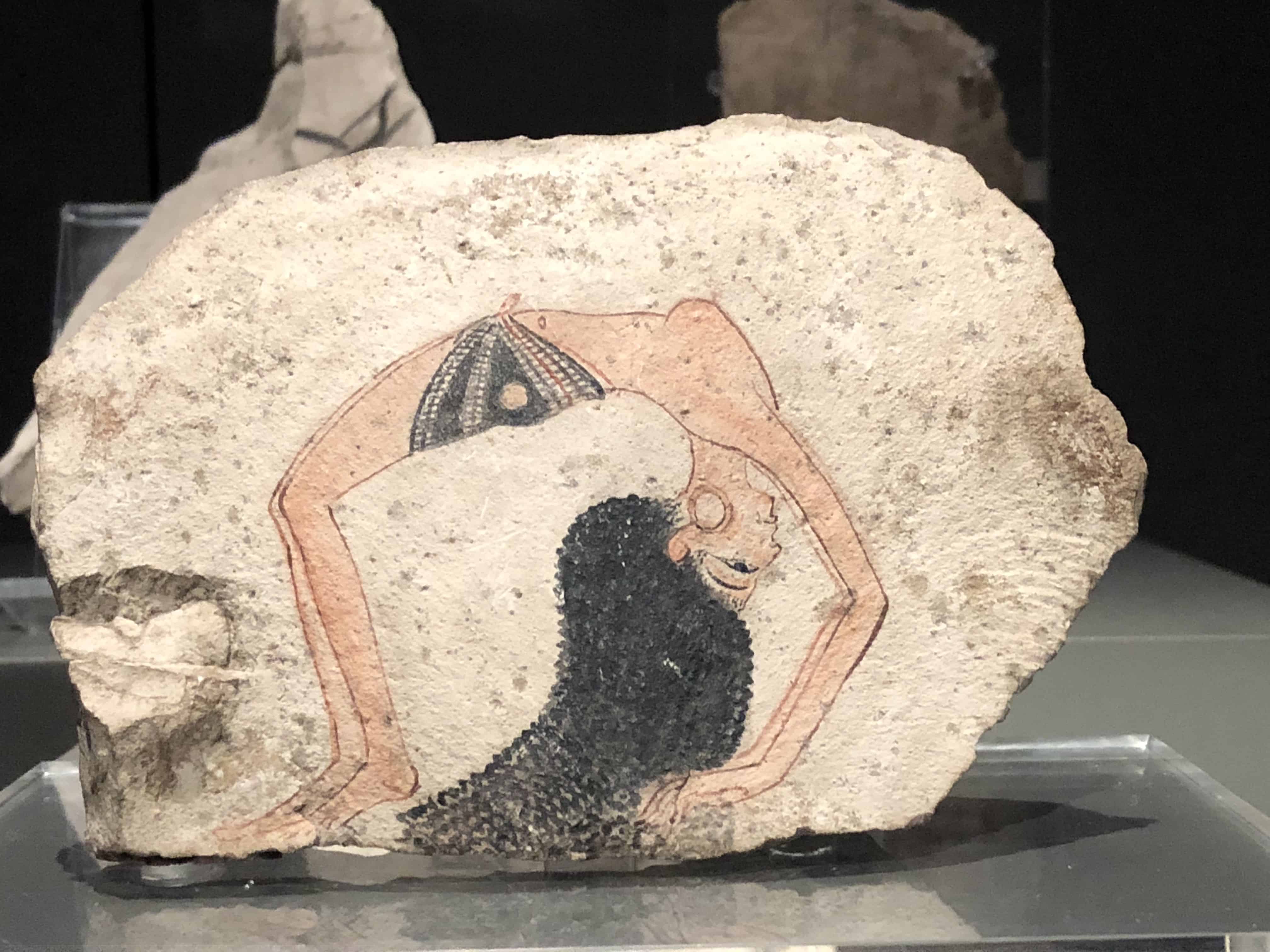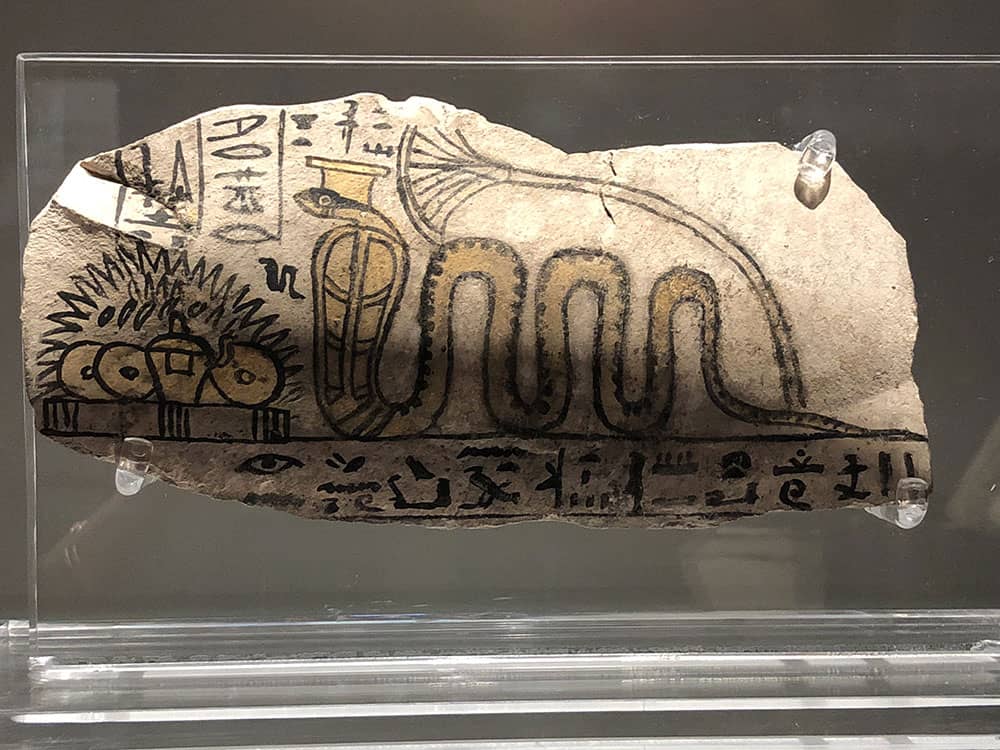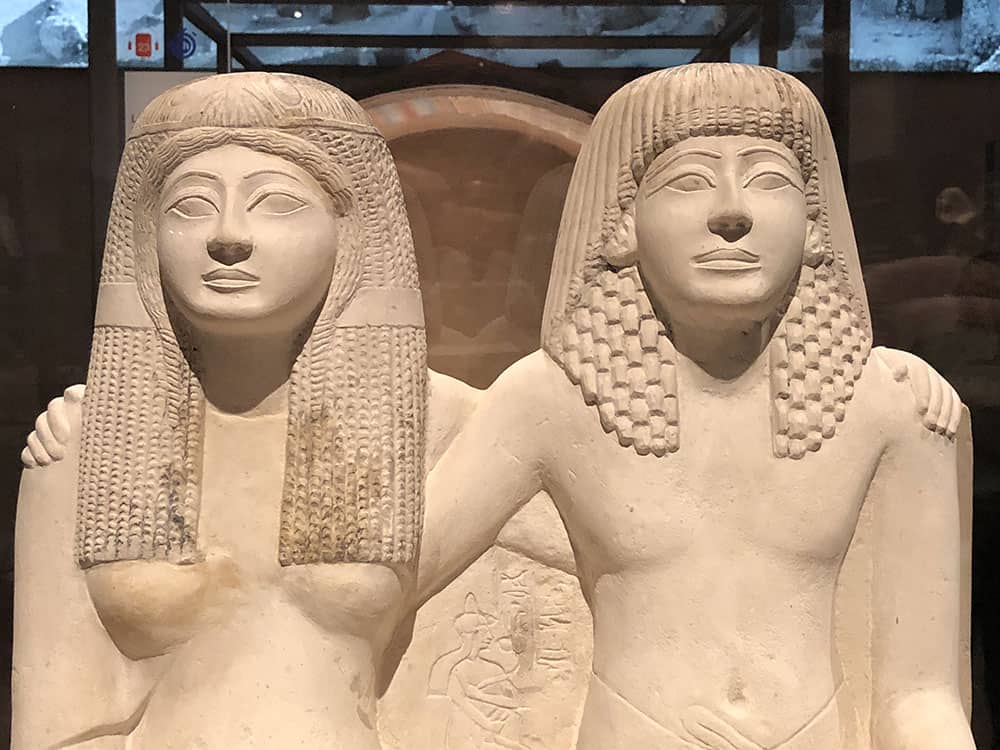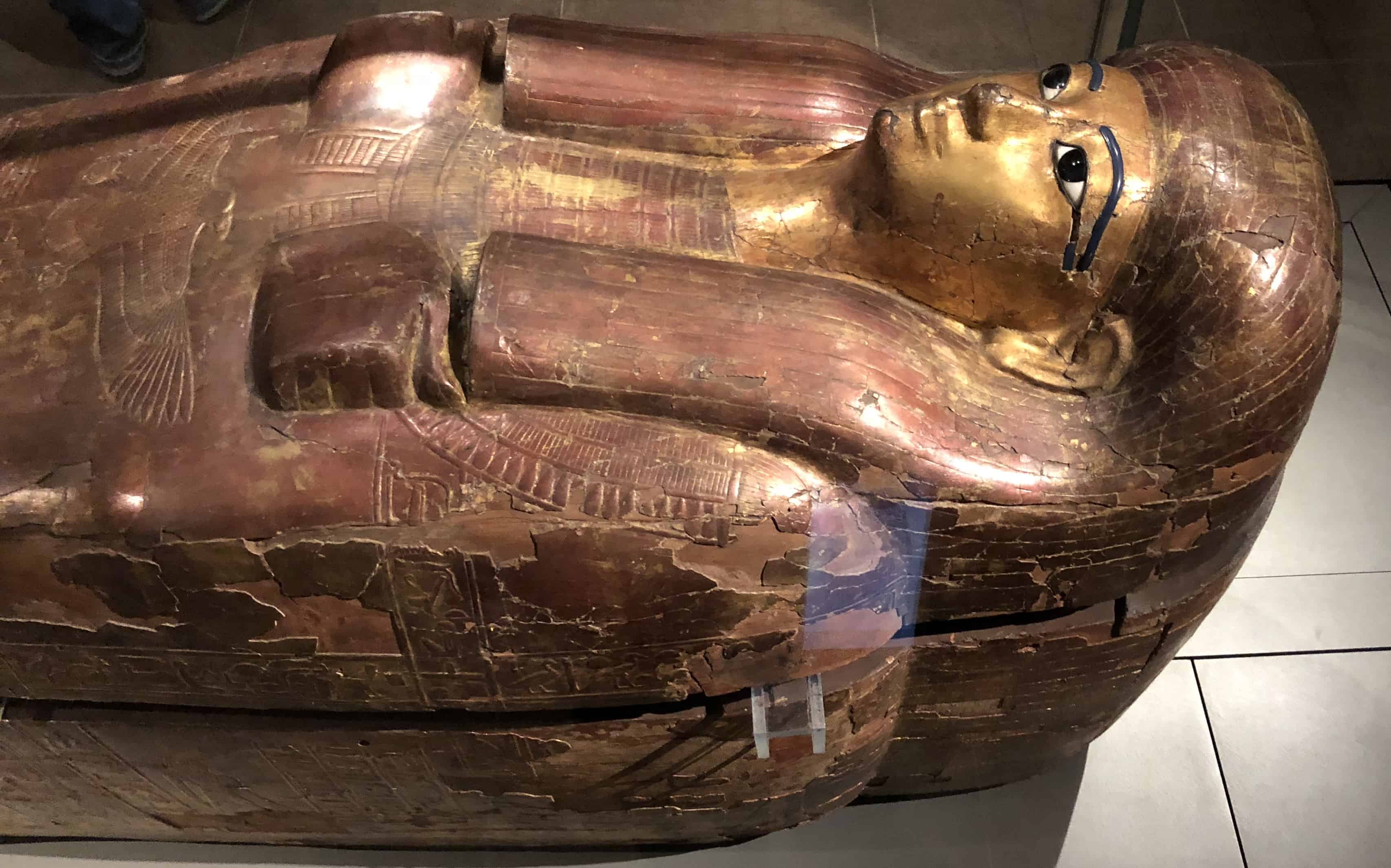Turin is a beautiful city in the North West, one hour from Milan by train, so close to the Alps that you can almost smell them if you are lucky enough to visit it on a beautiful sunny day.
This is a place that must absolutely be included in your next tour in Italy.
If you have already seen Rome, Venice, and Florence and you want to experience something completely different Turin and its neat architecture will surprise you for sure.
Not everybody knows that the city of Turin was founded during the Roman period as a fortified military encampment when it was called Augusta Taurinorum;its current extremely regular urban layout derives directly from that era even if, in the course of time, it went through a number of heavy modifications.
The original city map was crossed by the two usual Roman orthogonal axes, the Cardo and the Decumanus Maximus that intersected the walls at the four gates of the city.
Romans were very pragmatic as well as good builders and they have left a mark in this sense in all the cities that they founded in their vast empire.
However, in this ancient city that has maintained its original structure, the squared and rational urban planning seems the result of a modern pattern more than the vestiges of such a remote history.
As an Italian, I am used to the intricate and concentric medieval city center’s and I find it hard to associate all this rationality with the past.
Talking about the past among the many beauties that Turin can offer to its visitors there is a treasure that is absolutely worth visiting: the Egyptian Museum which is the second in the world for amplitude and richness of finds after the one in Cairo.
The story of the Museum is a tale inside a tale because it represents the first worldwide collection entirely dedicated to the Egyptian culture.
The first piece that welcomes the visitors inside the museum is called Mensa Isiaca, a bronze tablet inlaid with other metals from the Roman era.
This tablet imitates the hieroglyphics of ancient Egypt and it was probably manufactured around Rome, in a place where the cult of Isis was celebrated, between the first century BC and the first century after Christ: in a nutshell a fake.
I find it very interesting that a ponderous subject such as the Egyptian history is announced with an object that in the past has deceived many historians engaged in translating hieroglyphics before the discovery of the Rosetta Stone.
The current director of the museum, the forty-two years old Christian Greco who in 2014 turned the Savoy Museum towards the 7th most visited in Italy, says that in spite of its Roman origin, the Mensa Isiaca represents the beginning of the European interest for the antique Egyptian world and the struggle for the acquisitions of archaeological finds typical of the whole 1800.
After a long and tortuous history in 1628 the Mensa was bought by the Duke of Savoy Carlo Emanuele I. In the sixteenth century the Mensa Isiaca was studied by contemporary scholars and this is the reason why it deserves such a privileged location inside the museum.
We look at it as the primadonna of the curiosity that the Egyptian mysteries exert on us, that force us to line up, centuries later, to observe the remains of a civilization so evolved and fascinating.
The arrival of the Mensa Isiaca in Turin around 1630 can be considered the starting point for the future birth of the first Egyptian Museum which will be founded in 1824.
In 1759 a passionate Egyptologist from Padua, Vitaliano Donati, went to Egypt to carry out excavations and found various finds, which were sent to Turin. At the beginning of the nineteenth century, in the aftermath of the Napoleonic campaigns in Egypt, a real fashion for the collection of Egyptian antiques broke out, as I said before, throughout Europe.
Bernardino Drovetti, Piedmontese, consul general of France during the occupation in Egypt, collected over 8 000 pieces among statues, sarcophagi, mummies, papyri, amulets, and various jewels. In 1824 King Carlo Felice bought this large collection for 400,000 lire and joining other finds of classical antiquities already belonging to the House of Savoy, including the Donati collection, gave birth to the first Egyptian Museum in the world.
At the end of the nineteenth century the director of the museum, Ernesto Schiaparelli, started new acquisitions and personally began to conduct important excavation campaigns in Egypt. In the 1930s, the collection came to entail over 30,000 pieces able to witness and illustrate all the most important aspects of Ancient Egypt, from the splendors of the arts to everyday objects of common use.
I must have visited the museum as a child but I didn’t manage to find a picture to share here to show you how the place looked in the late sixties: if you belong to my generation you can easily imagine a dark and dusty 1800 museum with handwritten captions and opaque showcases, in a succession of austere rooms where it was really difficult to guess the history and chronology of such a long-lived civilization.
The Museum resetting, that required a 10-year restoration process and a huge investment, is very well structured and planned with a modern vocation:
to explain, even to the less informed, the development of the Egyptian history and evolution throughout the great funerary statues, mummies, and sarcophagi as well as the simpler finds, those common use objects equally illuminating regarding the habits, the goals and the beliefs of this ancient population.
I have always been fascinated by this culture, since I was a child and I was lucky enough to visit the Egyptian archeological sites as well as visiting twice the Cairo museum but I can assure you that the Egyptian Museum of Turin will take you through a beautiful journey, both monumental and intimate at the same time.
You will be able to enjoy the majesty of the statues of the “Gallery of the Kings” and get lost in the meticulous reproduction of daily activities such as the delicate decoration of toilet articles. A whole lost world will magically emerge in front of our eyes.
As the linguist, Jean-François Champollion said (the translator of the Rosetta stone) “The road to Memphis and Thebes passes through Turin”.
Let me give you a couple of practical suggestion: make sure you buy the ticket online before your visit so as not to waste time at the entrance and dedicate half a day to the visit if you really want to enjoy it. Don’t hesitate to get the audio guide: it’s included in the ticket cost and it really helps you to fully understand the vast collection.
You will love it!
Betti
How to reach the Turin Egyptian Museum
More info and tickets at:
Egyptian Museum Web Site
https://www.museoegizio.it/
[socialWarfare]

